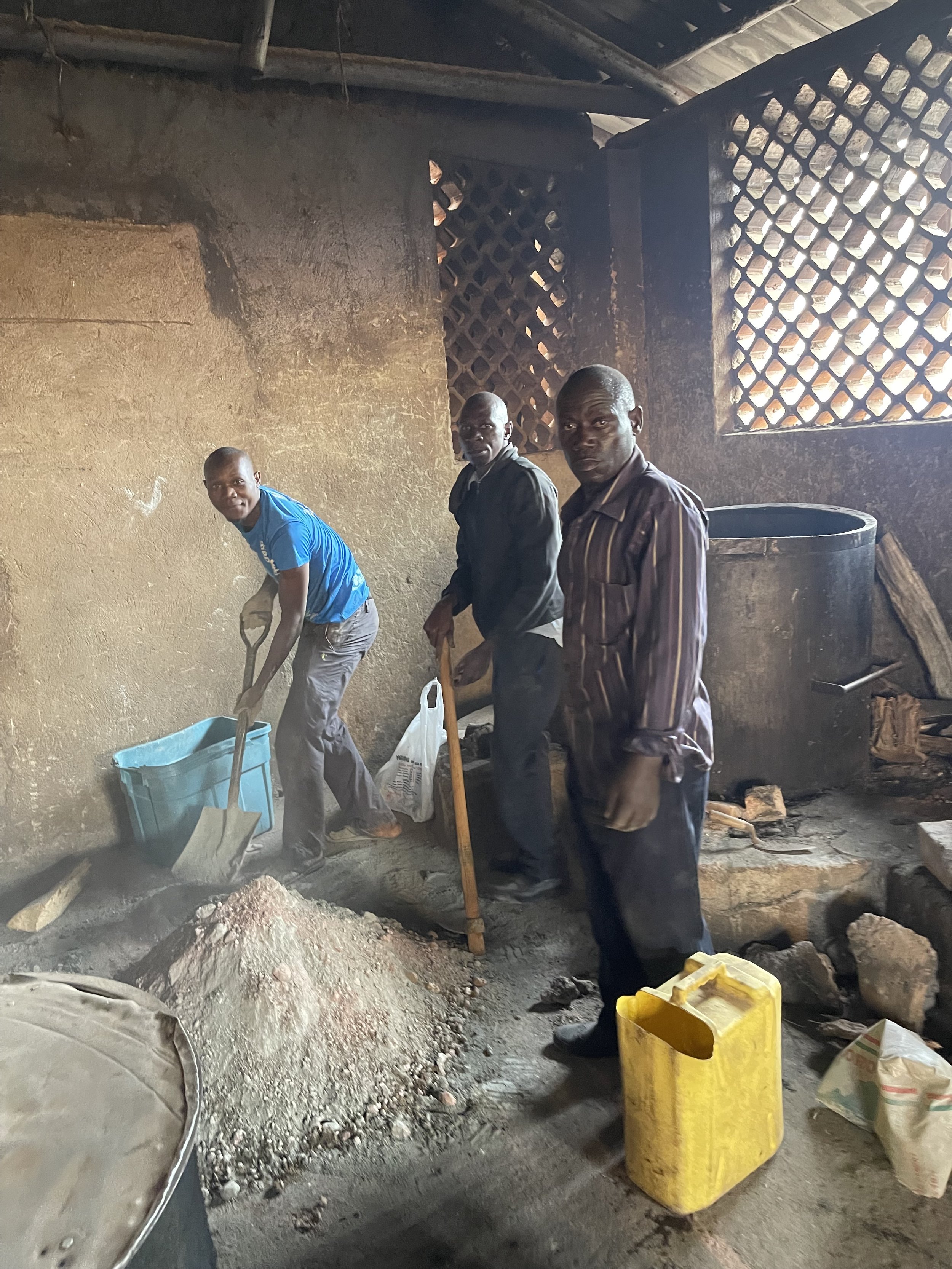We usually find stoves in schools that have been built without any prior knowledge of how an improved combustion chamber should be constructed. Schools often end up purchasing stoves that are inefficient and consume a lot of firewood, because they have been built with no expertise or have not gone through any testing procedure to see if dimensions and materials can actually help the schools reduce their purchases of firewood.
These are what we call “own construction stoves”, and we are today replacing at St. Paul’s Primary School Banda in Kyambogo with the Ugastove institutional improved cook stoves. The “own construction stoves” are a typical cheap stove construction model made with mud, bricks and cement, that schools usually go for when moving away from the traditional 3-stone fires.
Unfortunately, these constructions end up consuming the same amount as before, so the school sees no benefits and the cooks continue to inhale a lot of CO and particulate matter which are very detrimental to their health.
























































